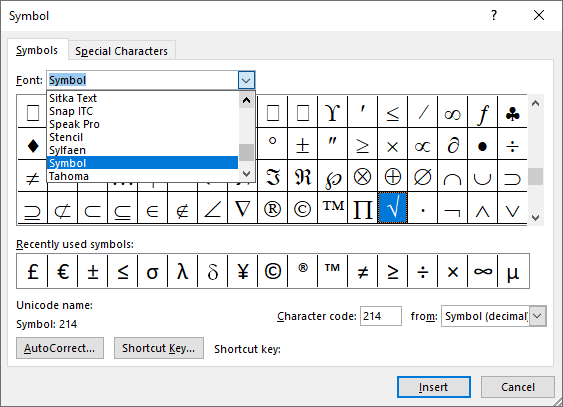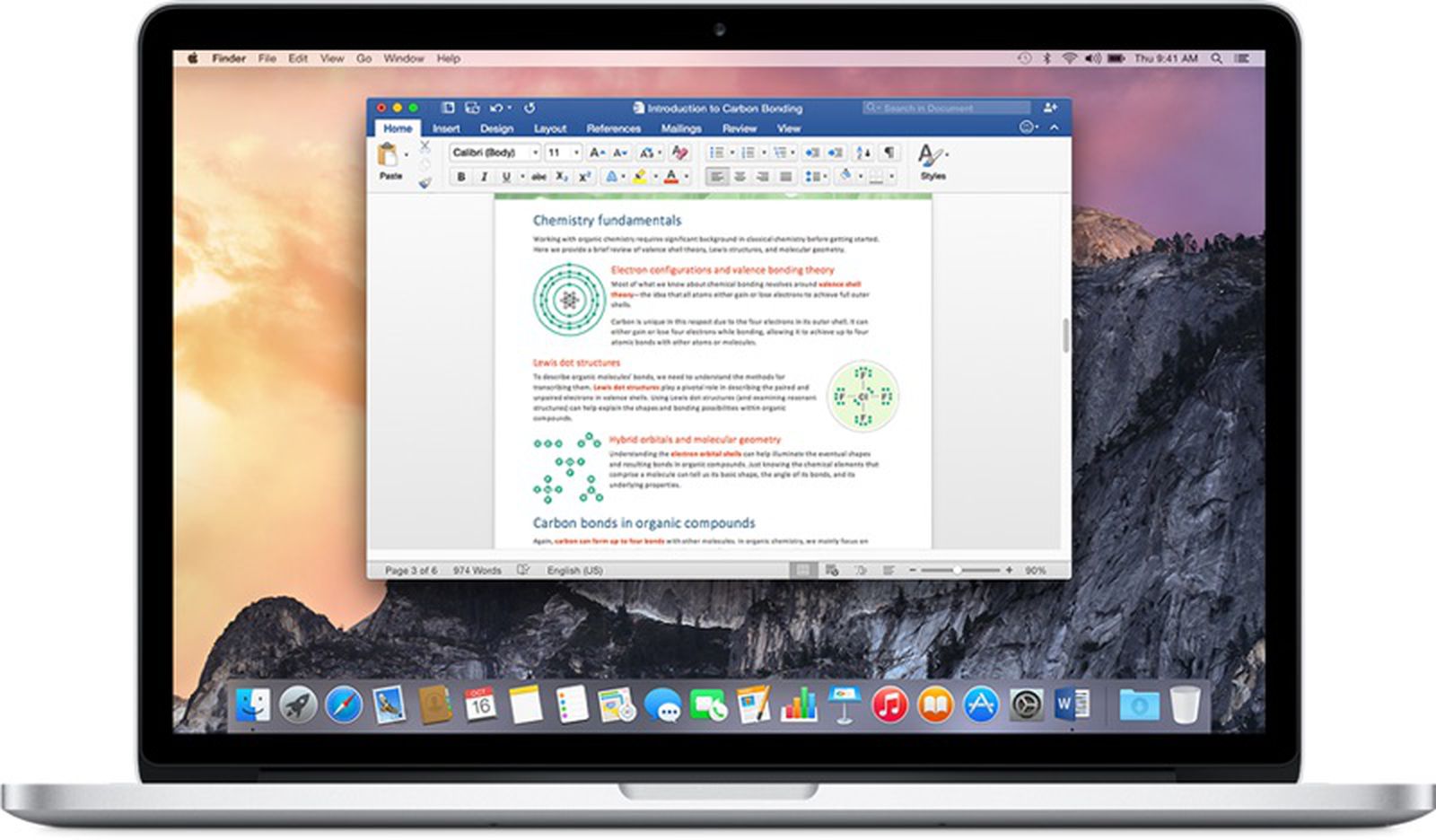

3D display – there is no 3D viewer in the add-in at present and we want one.Of course as we want to support both high school and university chemistry we will probably need two different layout programs one for each style. Model., 2006, 46, 1107-1123 which will allow us to generate 2D representations from the connectivity. We plan implement the algorithm described by Clark et al. 2D layout –if a molecule does not have a complete set of x2 and y2 coordinates on all the atoms then currently we cannot show a 2D representation.We would welcome your feedback in these areas. Finally some of the tasks need agreement at a high level as to the direction we should move in and we are engaging with the relevant people and organisations to proceed.
#Word chemistry add in for 2016 code
In some cases we have already made a start on the code but these are not yet in a working state in others we have fairly clear ideas as to how we want to progress and we hope that if we provide a very skeleton proof of concept implementation then people with more experience or design skills than us could take them forward. We have identified a number of feature areas where we have definite plans for taking the project forward – these fall into two categories chemical and non-chemical - each of the areas are outlined below in no particular order. Please subscribe to hear the latest news and to take part in discussions on the future of this product! We now have a mailing list for Chem4Word. This project has adopted the code of conduct defined by the Contributor Covenant to clarify expected behavior in our community. The best way to get in contact with us and to bring up issues or bugs is via the discussions tab or the issue tracker. On March 22, 2010, at the ACS meeting in San Francisco, CA, we announced the availability of a beta build, and we are now launching Chem4Word as an open source project overseen by Dr Joe Townsend. The Chem4Word Project ( ) began in 2008 as a collaboration between Microsoft Research and the University of Cambridge, designed to make it easier to insert and modify chemical information (labels, formulas, 2-D depictions, etc.) from within Microsoft Office Word, and also to have the chemical information stored and manipulated in a semantically rich manner. Forced drawing of explicitly drawn hydrogens.

Added ability to add or remove explicit hydrogens.Fix bug in Un-Install which caused "C:\Users\\AppData\Local\Chemistry Add-in for Word" folder to be deleted.Synchronise options for editor and rendering.Fixed issue where Word asks to save every document even if no changes done, when add-in enabled.Fixed issue with parsing of doubles when culture is not US English.



 0 kommentar(er)
0 kommentar(er)
